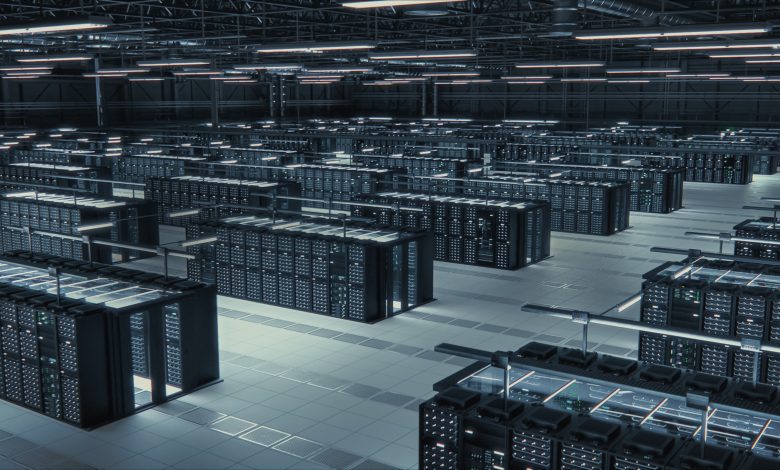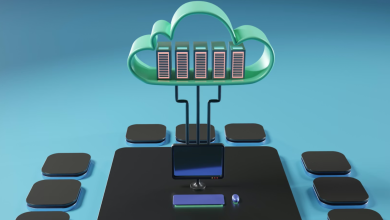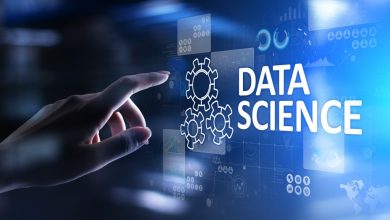
Artificial intelligence (AI) is no longer a future concept but an active force reshaping how businesses process data, deliver services, and design infrastructure. From high-performance computing clusters to edge applications powered by machine learning, the demands of AI are pushing the limits of what current data centers can handle.
In response, many organizations are reevaluating their infrastructure strategies. While cloud remains an essential component, there’s a notable return to on-premises and hybrid models driven by the need for lower latency, tighter security, and cost control. However, supporting AI isn’t just a software or workload challenge – it’s a physical one, too. The ability to power, cool, and connect AI workloads at scale requires deliberate investment in smarter, more adaptable infrastructure.
High-Density Power: From Challenge to Competitive Advantage
AI workloads demand more from every inch of the rack. GPUs can consume up to a kilowatt (kW) each, pushing rack densities from 10–15 kW per rack to as high as 50–100 kW now, and 600kW in the near future. Traditional power distribution methods are quickly becoming insufficient for these levels.
To keep pace, most new data centers are being designed to supply three phase 415v power to the rack using intelligent high-density PDUs that support 60 amps or more per circuit. These higher power PDUs come with built-in features such as combination outlets, intuitive displays, and cybersecurity-compliant firmware which help reduce deployment time, simplify maintenance, and ensure that mission-critical systems are secure. They also offer the ability to monitor and switch the power while also networking with thermal and security sensors which helps safeguard each rack.
Cooling the AI Data Center
As power density climbs, so does the heat generated by AI systems. Cooling now accounts for roughly 40% of a data center’s energy use, and the thermal demands of AI clusters are pushing traditional air-based methods to their limits. Left unchecked, the excess heat tied to these loads can reduce performance, shorten equipment lifespan, and even trigger costly outages.
To address this, organizations are turning to advanced cooling strategies such as liquid cooling (direct-to-chip and immersion systems that remove heat at the source), rear-door heat exchangers which capture hot exhaust before it enters the room, and hot/cold aisle containment which optimizes airflow management for efficiency.
Hybrid approaches are becoming common, combining legacy air cooling with targeted liquid or containment systems. The guiding principle: scalability. Cooling strategies must be able to handle the exponential growth in AI-driven workloads over the next five years.
Fiber First: Building the Backbone for AI Workloads
While power enables performance, connectivity makes it a reality. AI workloads generate far more east-west traffic inside the data center than traditional enterprise systems. In fact, AI networks require up to 8x more fiber connections than conventional deployments, creating unprecedented cabling density. AI also introduces new Rail-optimized topologies to flatten the network by minimizing hops between switches to reduce latency, but this drives even more cabling complexity. A proven way to mitigate these issues is to use structured cabling which assists in making AI systems more manageable and scalable. Most data centers have relied on structured cabling for decades, and Hyperscalers – the leading AI providers – continue to use this practice for their AI deployments.
Structured cabling not only accelerates installation and troubleshooting but also reduces excess cable slack and congestion within racks and pathways. Multi-fiber trunks, for instance, can condense dozens of fibers into a single jacketed assembly, reducing pathway congestion by up to 75%. This also simplifies scale-outs for phased AI deployments, enabling organizations to expand capacity without disrupting existing systems or introducing additional latency.
Installation Matters: Designing for the Field
With rising complexity in data center builds, minimizing deployment time and field errors has become a priority. Features in PDUs like auto-rotating touchscreens and zero-touch provisioning are more than just conveniences – they save time, reduce the potential for misconfigurations, and ease the burden on already stretched IT teams.
Overhead distribution racks (ODR) allow horizontal cabling to be installed and tested in advance, so bringing new pre-configured AI racks on-line only requires connecting short patch cords. This importantly accelerates how soon the owner can start making revenue on their new investment. Time spent in deployment and setup is often the most overlooked cost in infrastructure projects. Intuitive, field-ready designs can make the difference between a seamless rollout and a costly delay
Questions Infrastructure Leaders Should Be Asking
To stay ahead of AI’s curve, infrastructure decision-makers should consider:
- Can our power systems support the next generation of high-density compute?
- Is our cooling strategy prepared for exponential thermal loads?
- Is our cabling strategy optimized for fiber density, scalability, and latency reduction?
- Are we factoring in deployment time and complexity when assessing TCO?
Too often, the focus is on the software stack while physical infrastructure is treated as an afterthought. But the physical layer, from power to cooling to fiber, is where long-term resilience and agility are either built in or left behind.
Preparing for What’s Next
AI is changing the infrastructure landscape rapidly. Power requirements are surging, cooling needs are intensifying, and fiber density is skyrocketing. Yet many organizations are navigating all of it with legacy systems that were never designed for this level of performance or scale.
Forward-looking organizations are investing now in infrastructure to support the next decade of growth. Whether it’s deploying high-amperage PDUs, adopting advanced liquid cooling solutions, or implementing high density structured cabling designed for AI, the smartest moves are those that anticipate what’s next and build for it today.




